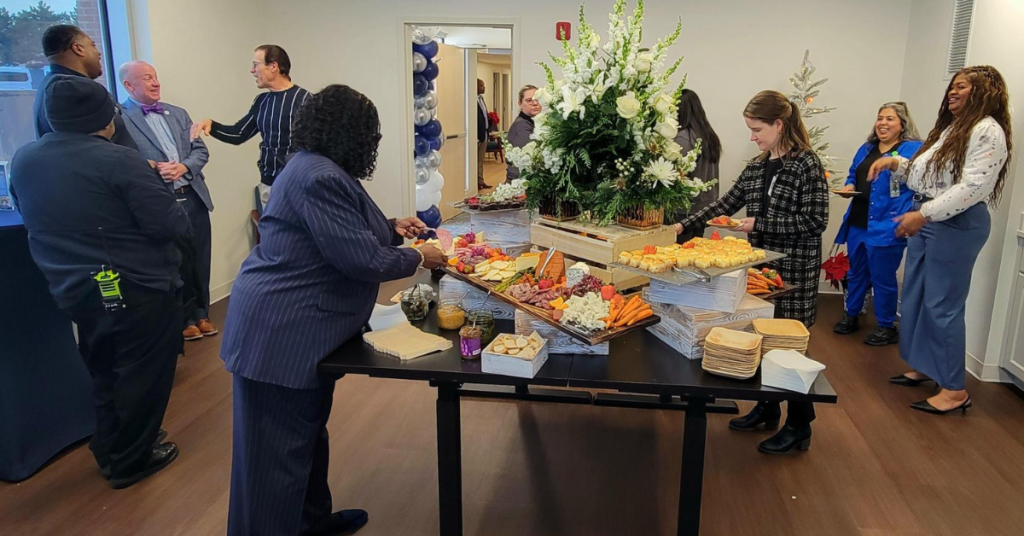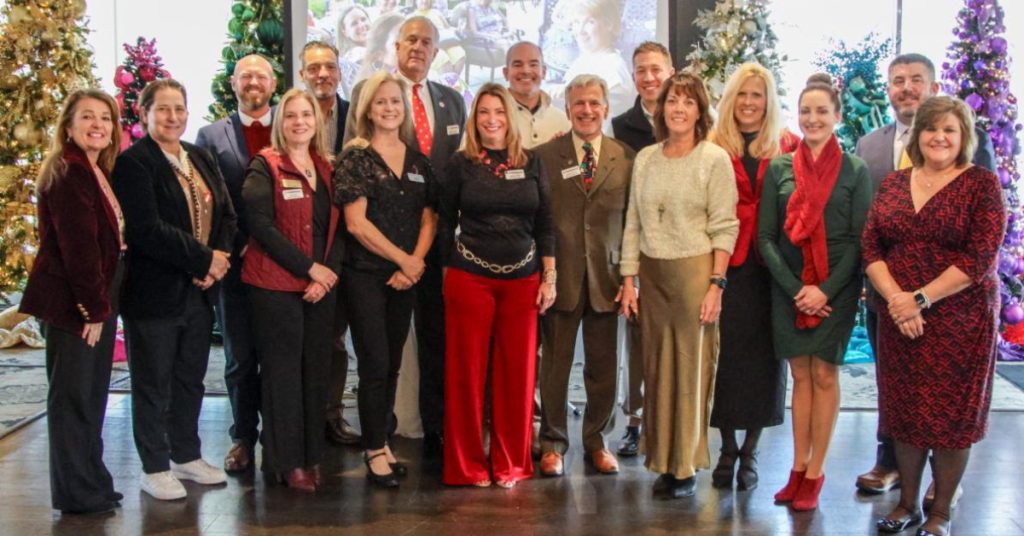For the past year or so nearly all of the news concerning the automobile industry has been bad. There were bailouts for some automakers, dealerships closed and sales took a tumble.
But the news was decidedly different at Subaru of Indiana Automotive in Lafayette, thanks to the relationship the automaker forged with three key suppliers in Northwest Indiana.
As new models of the Legacy and Outback roll off the assembly line, they contain steel produced at U.S. Steel in Gary and ArcelorMittal in Burns Harbor, and carpeting and insulation produced at UGN in Valparaiso.
For each, the relationship with Subaru has contributed to their bottom line. Fully 90 percent of the steel in those two models comes from U.S. Steel (about 90,000 tons) with the remainder (10,000 tons) from ArcelorMittal. Nearly all of the carpeting and insulation comes from UGN.
Tom Easterday, executive vice president, secretary and general counsel for SIA, says it's important that all of the steel used at the plant comes from “just a couple hours' drive from Lafayette.” It's a big plus logistically for SIA, and it's good for Indiana's economy.
“It keeps our transportation costs low, and there is a better chance to interact with the supplier on quality issues. We have our purchasing people right at the plant,” says Easterday.
While Subaru is viewed by many as a Japanese import, Easterday says the vehicles produced in Lafayette are every bit American as vehicles produced by GM, Ford or Chrysler. The plant is based in Indiana, its 3,500 workers (420 of them hired in the last year) are Hoosiers and nearly all of the components that go into making Subarus come from U.S. suppliers.
To keep up with demand, Easterday says the production line has been speeded up five different times and that shifts for two Saturdays a month have been added. In fiscal 2010, SIA produced 170,870 units, but in fiscal 2011 that rose to 256,000 units, surpassing the record 216,198 units set in 1998.
Subaru's parent company is Fuji Heavy Industries, which is based in Japan, although 16 percent of the company is owned by Toyota.
“Thirty years ago, the emphasis of automakers was on quantity. Today it's efficiency and quality,” says Easterday, adding that's why the relationship SIA has with its Northwest Indiana partners is so important. “A lot of that change has been dictated by the corporate economy and by government fuel standards.”
Sharon Owens, general manager of U.S. Steel's Gary Works, says the relationship with SIA has been solid for “a number of years.”
“We are pleased to provide them, and other members of the automotive industry, with high-quality value-added steel to ensure the safety and environmental performance of their vehicles,” says Owens.
She explains that in 2009, the nation's transportation sector (of which Subaru is a part) accounted for 13 percent of U.S. Steel's North America flat-rolled shipments. That's the equivalent of more than 1.2 million tons. “In North America, the transportation sector is the third-largest sector we serve through direct shipments,” says Owens.
The relationship with SIA, says Owens, isn't unlike that of other U.S. Steel customers. “We play a key role in assisting our customers meet their safety and environmental standards. For example, by partnering with our automotive customers we have been able to develop and manufacture advanced high strength steels here at Gary Works, which help meet the consumer's demands for safe and reliable vehicles while achieving the stricter standards for fuel efficiency and emissions.”
For ArcelorMittal, the relationship with Subaru is important, even though it ships only a fraction of the steel that the automaker uses. Cecil Haun, global account manager for ArcelorMittal in Burns Harbor, describes the relationship with Subaru as longstanding.
It began when the steelmaker was known as Bethlehem Steel and the automaker was known as Subaru-Isuzu. In 2000, Subaru bought out Isuzu and in 2004, ArcelorMittal acquired Bethlehem.
“We continued our relationship with Subaru and we've had record sales with them,” says Haun. “It's a good relationship and we've learned a lot from it. The automotive industry has been a big supporter for us in the last year. They have been a good group to work with and we think we help them put out a good product.”
One of the key products ArcelorMittal supplies is steel for exterior panels for the Legacy and Outback. Once the steel is produced at the Burns Harbor mill, it's taken to its I/N Tek plant near New Carlisle in St. Joseph County, where it is run through a hot dip coating line to make it more resistant to salt and other road elements. From there, it is trucked to Lafayette.
For UGN, the work with Subaru has greatly boosted production at its Valparaiso operation, says Peter Anthony, president and CEO. UGN was incorporated in 1986 as a joint venture between Rieter Automotive Systems of Switzerland and Nihon Tokushu Toryo of Japan. Besides Valparaiso, the company has plants in Illinois, Kentucky and Tennessee.
In October 2010, the company invested $3 million and expanded its operation by 16,000 square feet, adding 28 jobs. Today, UGN's Valparaiso operation covers 180,000 square feet and employs 250 people.
“We're kind of a sleepy company and we like it that way,” says Anthony. “We want our supply chain as efficient as possible, so it's important that we're close by to Subaru.” Being close helps UGN stay in personal touch with Subaru, which accounts for 8 percent of UGN's business.
In 2005, Anthony said UGN didn't sell a single yard of carpeting to Subaru. In 2006, it got a small contract worth $250,000 to supply Tribeca carpet and some inner components for dashboards. By 2008, the company was doing $2.3 million worth of business with Subaru, and in 2009 that ballooned to $14 million for carpeting for the Legacy and inner liners for dashboards.
“Business has been very steady for us with Subaru,” says Anthony. “It's not only helped us, it's also helped Valparaiso.
Anthony explains that providing carpet for automobiles isn't as easy as grabbing some family room carpet and cutting it to fit. Automotive carpet has to contain special sound-deadening fibers to reduce engine and highway noise. At the same time, Anthony says UGN also produces a variety of insulation and noise-absorbing products used in wheel wells and dashboards.
The suppliers say a key reason they like the relationship that's been built with Subaru is the company's emphasis on a green environment. Subaru's Lafayette plant is landfill-free, meaning it doesn't send a bit of material to landfills. In fact, part of the grounds around the factory have been set aside as a wildlife habitat, says Easterday.
The company has capitalized on that in some of its advertising, but those ads have been carefully targeted at specific audiences. Ads for both the Legacy and Outback show up on cable networks such as TNT and CNBC and in such publications as The Wall Street Journal and USA Today.
“We've targeted our advertising, so you might not see it on the big four networks, but if you look you'll find us on ESPN or the Food Network,” says Easterday. “We've also learned that about half of Subaru owners are dog owners, so we also advertise on the show ‘The Dog Whisperer' on The National Geographic Network.”
That attention to detail has contributed to an increase in Subaru sales, says Easterday, just as its partnership with its Northwest Indiana supplier has.


